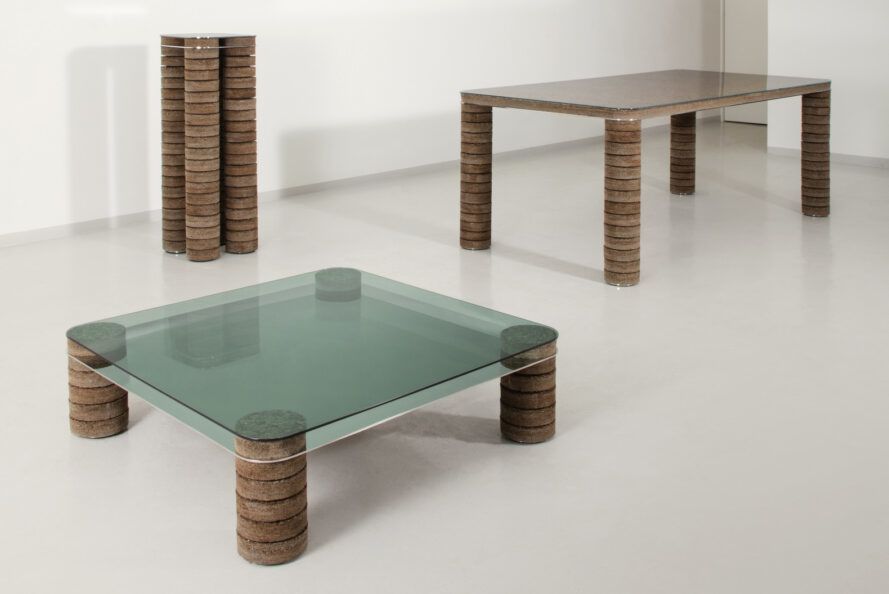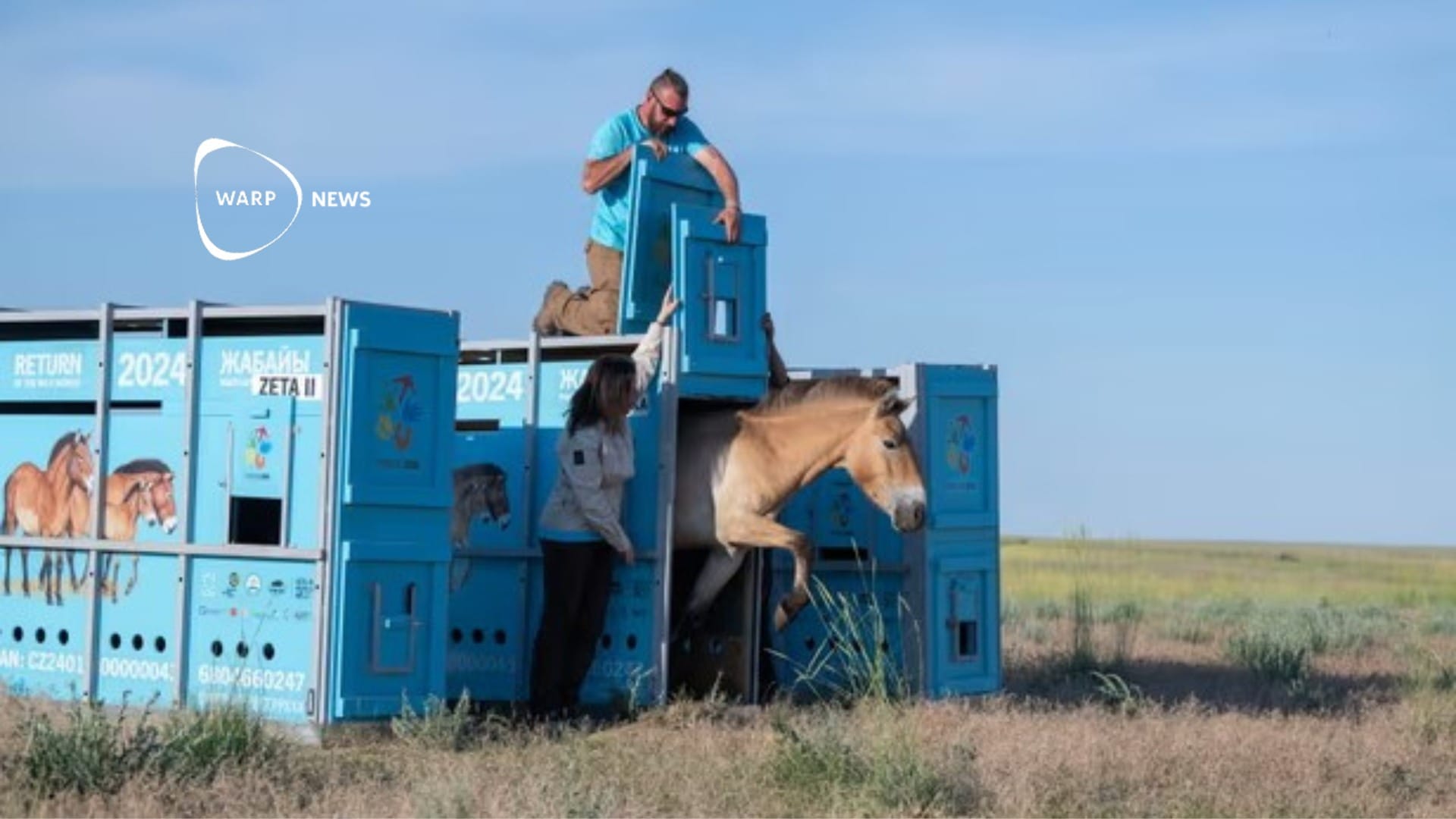
🪑 Danish designer seizes potential in seagrass
These sleek pieces of furniture are, for the most part, made from seagrass.
Share this story!
Seagrass has many amazing qualities, like providing nurseries and habitats for a variety of marine animals, improving water quality, capturing CO2, and removing plastic waste from our oceans.
Now seagrass is being incorporated into furniture design in an attempt to make the industry more sustainable. The architect and designer David Thulstrup is the creator of the project. His recent exhibit collection, called MOMENTUM, uses eelgrass as a key design element. Thulstrups' new collection is made up of four furniture pieces: a low table, a high table, a podium, and a screen, all of them are limited edition. The seagrass is used in legs for the furniture and the screen material is made by the Danish manufacturer Søuld called Acoustic Mats.
Inhabitat writes “building up from the Acoustic Mats, MOMENTUM also integrates glass and steel into the pieces. With the basis of natural, plant-based material, the furniture naturally battles carbon emissions, while bringing a bespoke interior design element to the space”.
“This collaboration has given us the opportunity to explore the material’s possibilities beyond the context of building construction,” explained Søuld’s Co-Founder Pi Fabrin. “[Thulstrup’s] purist material approach also highlights its natural beauty and tactility, and his designs respect the cultural heritage of eelgrass whilst meeting the design and environmental needs of today.”
Besides providing a substitute for less eco-friendly alternatives, the use of seagrass gives the furniture a better and healthier indoor quality. It also promotes a stronger connection between home interior design and nature.
“Working with eelgrass feels rewarding not only because of its truly unique characteristics, but also the fact that it’s natural, sustainable and revolutionary,” Thulstrup said. “I especially love the surface of the eelgrass, its warm hue and the smell of salt.”
By becoming a premium supporter, you help in the creation and sharing of fact-based optimistic news all over the world.


